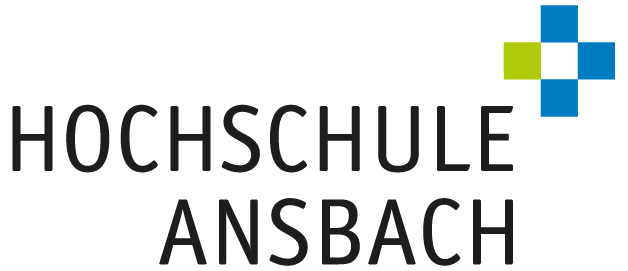Possibilities and Limitations of a Game Engine and Middleware for Auralizing Virtual Acoustic Laboratories in VR
Abstract
The possibilities and limitations of auralizing an acoustic
laboratory with the “WWISE Spatial Audio” are discussed
by 3d modeling and auralizing a door test laboratory in VR,
designed for sound reduction index measurements. The
simulated results are compared to real measurements with
the acoustic parameters: Reverberation Time [T30] and
Sound Reduction Index [R], with three binauralization
methods compared and further optimizations conducted
with Dolby Atmos for Headphones. The results showed a
deviation and partly a correlation within the “Just
Noticeable Differences [JND]” for T30 values and a precise
reproduction of the sound reduction index within WWISE
was possible for test components with the lowest real R
values. The frequency dependent Rw values were subtracted
from the audio file using bandpass filters - before using
“WWISE” for sound playback in VR. The results of this
work can be a seen as a technical analysis and fundament
for future research regarding realtime auralization
capabilities of audio middlewares.
Mehr zum Titel
| Titel | Possibilities and Limitations of a Game Engine and Middleware for Auralizing Virtual Acoustic Laboratories in VR |
|---|---|
| Medien | Proceedings of DAS|DAGA 2025 |
| Herausgeber | Deutsche Gesellschaft für Akustik e.V. (DEGA), Berlin, 2025 |
| Band | 2025 |
| Verfasser | Michael Singer, Prof. Dr. Cornelius Pöpel, Dr. Benjamin Müller |
| Seiten | 1580 - 1583 |
| Veröffentlichungsdatum | 20.03.2025 |
| Zitation | Singer, Michael; Pöpel, Cornelius; Müller, Benjamin (2025): Possibilities and Limitations of a Game Engine and Middleware for Auralizing Virtual Acoustic Laboratories in VR. Proceedings of DAS|DAGA 2025 2025, 1580 - 1583. DOI: DOI:10.71568/dasdaga2025.376 |
